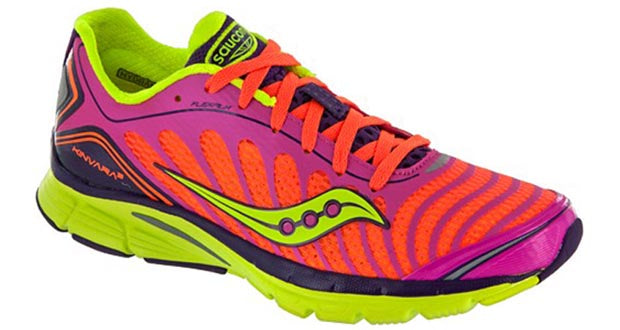If you’re a runner it would be hard to miss the barefoot running craze that’s been going on. For those people who want the benefits of running barefoot but still want to wear shoes, there are minimalist running shoes.
It’s imperative that you ease into wearing minimalist running shoes. Even the tiniest change can really impact your joints, muscles, and tendons—going too quickly from shoes to minimalist shoes or barefoot running can increase your chance of injury.
What are minimalist running shoes?
For starters, they don’t have a thick or heavily cushioned heel. Look at a “normal” pair of running shoes, most likely they have a difference in the height of the sole at the heel compared to the forefoot, minimalist shoes will not have a heel-toe drop or they will have much less of one.
Minimalist running shoes must be lightweight. Many minimalist runners won’t run in anything that weighs more than 10 ounces. Some run in shoes that weigh much less. Part of what makes minimalist shoes lightweight is the lack of structure in the upper. Many of these shoes will simply have a light layer of fabric, or even a piece of mesh, something simple and easy to hold the shoe on the foot. The toebox will be roomy, allowing the toes to expand as they strike the ground. The upper is not the only thing missing. Minimalist shoes should not have any arch support or motion control or stability devices; basically, they won’t have support elements.
One of the most important components of a minimalist running shoe is the flexibility. Your foot must be able to move and flex naturally. They should also be close to the ground. Think of how it is to run barefoot. A truly minimalist running shoe is as close as you can get to being barefoot without actually being barefoot.
How to begin running in minimalist shoes
It’s important that you progress slowly to wearing minimalist running shoes. First, walk around barefoot as much as possible and get used to the way it feels. Second, strengthen your feet. If you do yoga then do what is known as the Tree Pose, or stand on one foot, place your other foot on the inside of your thigh so it forms a triangle and put your hands above your head and hold for a minute on each foot.
Finally, wear your minimalist running shoes as much as possible before you start running. Walk in them, run errands, clean your house, and get your feet as used to feeling them as possible.
Barefoot runners tend to land on the balls of their feet rather than their heels, causing less collision force to their feet. There is also evidence that barefoot runners experience fewer injuries.
Minimalist Running Shoes

